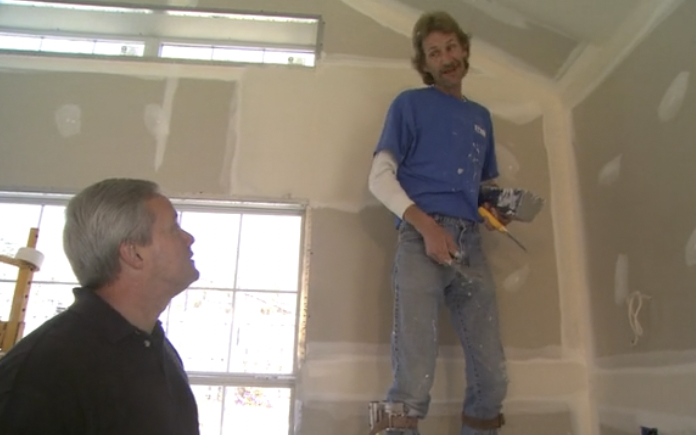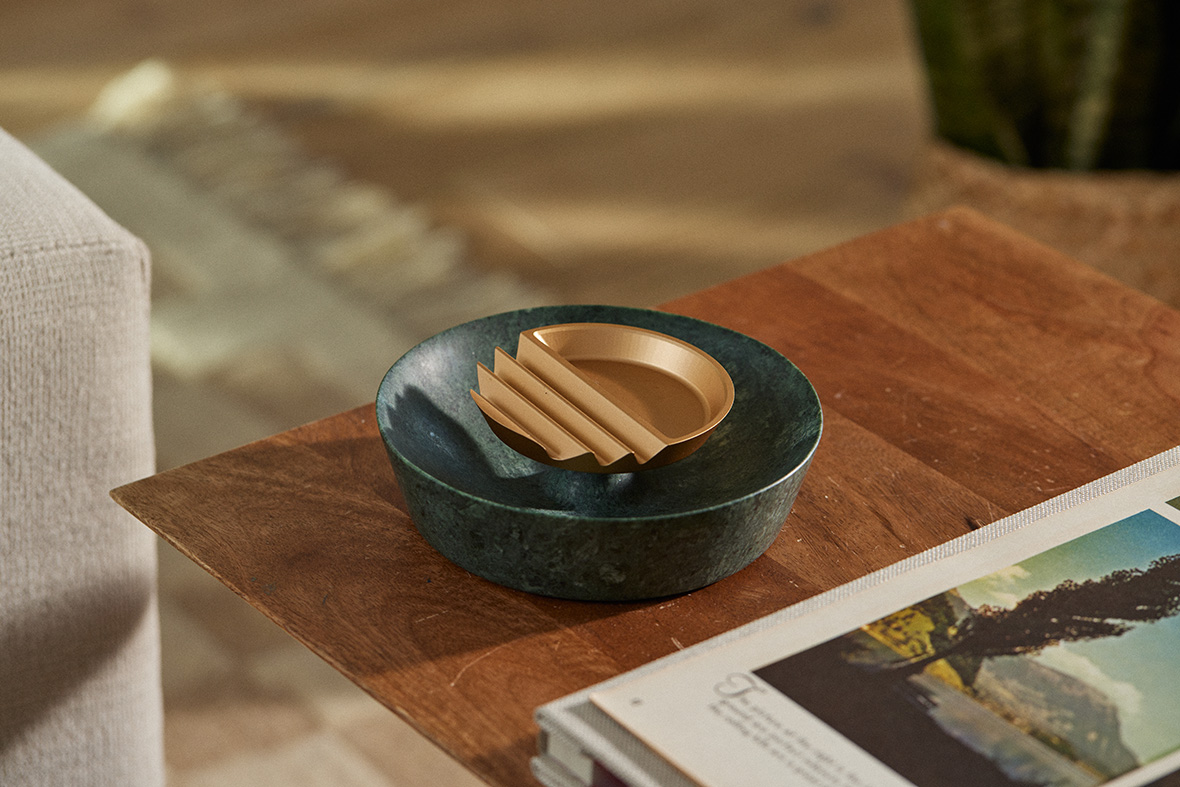[ad_1]

In Episode 4 of “Ask Danny,” I’m talking with my longtime friend and drywall expert Mark Rutherford — “The Drywall Guru.”

About Mark Rutherford
Mark Rutherford has worked with drywall on new construction and remodeling projects for 40 years.
I first met Mark in 2007 while working on a game room addition for an episode of Today’s Homeowner TV.
He currently lives in southwest Pennsylvania.

Drywall Nail Pops
Why does a nail pop happen, and what’s the best way to correct it?
Mark: Nail pops happen when a nail or screw comes loose under drywall and creates a bulge or “pop” in the wall.
They usually happen with new construction within the first year. That’s because everything is drying out and settling — the house is really “finding itself.” I always say it’s kind of like a living person.
Nail pops are common around stairways because the frequent stepping movement loosens up the nails.
To repair a nail pop, first tap it with a hammer. If it feels spongy, that means the installer missed the stud. Pull it out, and drive a drywall screw into the stud or joist near the hole, with the head of the screw just below the surface.
If you can’t extract the loose nail, tap in another drywall nail right beside it so the head of that nail catches the existing nail. This keeps the nail from popping back out again.
If a screw is causing the pop, use a screwdriver to drive it in deep so it’s flush with the wall’s surface.
Once the nail or screw is below the drywall surface, use the back of a drywall knife to flush the drywall paper with the surface, and then cover it with a coat of drywall mud.
Let the mud dry for 24 hours, then apply another coat. After the second coat dries, sand it and use a shop vac as you work to suck up any dust.
Tip: Keep your nail pop repair area as small as possible — the less mud you use, the less sanding you’ll need to do.

Drywall Puckering
How do you fix drywall puckering?
Mark: Water damage is the most common cause of drywall pucker, but improper installation can also cause it. In some cases, the installer didn’t leave enough mud left behind or didn’t use any in that spot.
For major drywall puckering, remove the tape to patch and repair. Lay down mesh tape and apply a fresh coat of drywall mud.
For slight puckering, use the corner of a drywall knife to lift the loose tape and apply a thin layer of all-purpose mud under the tape. Smooth the tape out and put a light coat of drywall mud over the edge of the tape.
For popcorn ceilings, use the same technique, but be extra careful to not damage the texture.
If it’s a significant crack or older ceiling, the popcorn ceiling texture will come off. In that case, you’ll need to apply a coat of sprayed acoustic texture.
You can buy this material in a can, but it can be tricky to apply. Follow the directions and practice on a piece of cardboard first.
If you can’t match the texture, call a professional.

Controlling Dust
What are some tips to minimize dust when sanding drywall?
Mark: To minimize the mess while sanding drywall, I basically create an oxygen tent.
Using 2-inch wide masking tape, I encase the area with plastic. I start taping at the ceiling, then bring it down the wall and to the floor. Everything is connected.
Then, I create a door underneath to crawl into. Once I’m finished sanding, I let the dust settle, dust myself off and crawl out the door.
Always turn off your HVAC system when sanding drywall. When the vents come on, the plastic and dust will blow around, and the dust will work its way into your system.
Last but not least, always wear a good mask while you’re sanding.

A Drywall Disaster
Some jobs you don’t have to think twice about turning down.
One time, a builder approached Mark at a job site and asked him to look at another house in the subdivision.
No big deal, right? Well, wrong. The whole house was hung with pieces of scrap drywall. Turns out, the homeowners had been collecting the drywall from the dumpsters in the subdivision to build the home. It didn’t matter if the drywall was a corner piece or angled, or even wet and damaged.
“When I walked into that house, it looked like a 2,000-piece jigsaw puzzle,” Mark said.
The biggest piece of drywall in the house was probably about 2×4 feet, and in some spots, there were gaps as big as an inch wide in places.
“That was a big no from me,” Mark said.

Mark’s Drywall Tips
- If you’re working near cabinets or baseboards, put tape/plastic down to protect those areas.
- Make sure you’re using the correct drywall mud. Go with a green lid or black lid bucket. Use an all-purpose mud and read the bucket. One type of mud may be good for coating but not for taping.
- Be patient and work in stages. Let the mud dry then add additional coats.
- If you’re thinking about remodeling your home, try hanging the drywall yourself. You don’t know what you can’t do until you try.
Further Reading
Ask a Question! (Podcast)
Ask a question and we could answer it on the “Today’s Homeowner Podcast!” We also may use it on our nationally syndicated radio broadcast or on todayshomeowner.com.
[ad_2]
Source link











